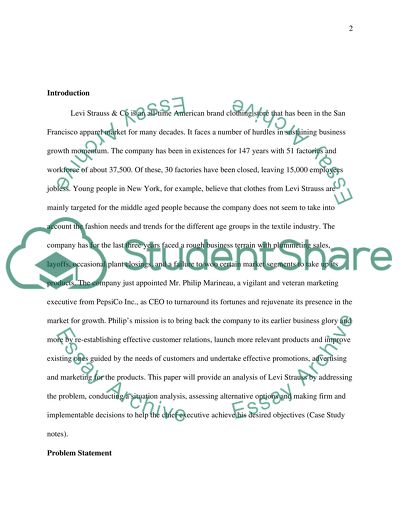Cite this document
(“Consumer behaviour Case Study Example | Topics and Well Written Essays - 2250 words”, n.d.)
Consumer behaviour Case Study Example | Topics and Well Written Essays - 2250 words. Retrieved from https://studentshare.org/other/1399228-consumer-behaviour
Consumer behaviour Case Study Example | Topics and Well Written Essays - 2250 words. Retrieved from https://studentshare.org/other/1399228-consumer-behaviour
(Consumer Behaviour Case Study Example | Topics and Well Written Essays - 2250 Words)
Consumer Behaviour Case Study Example | Topics and Well Written Essays - 2250 Words. https://studentshare.org/other/1399228-consumer-behaviour.
Consumer Behaviour Case Study Example | Topics and Well Written Essays - 2250 Words. https://studentshare.org/other/1399228-consumer-behaviour.
“Consumer Behaviour Case Study Example | Topics and Well Written Essays - 2250 Words”, n.d. https://studentshare.org/other/1399228-consumer-behaviour.


